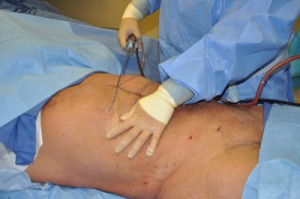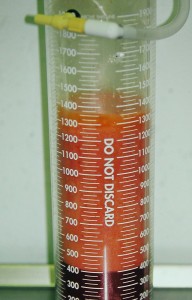Liposuction is the fourth most commonly performed aesthetic plastic surgery procedure in the U.S. as determined by the American Society of Plastic Surgeon’s annual Statistics in 2013. At over 200,000 procedures performed (this estimate is undoubtably low), there is a lot of fat being removed from the face to the ankles. What is unique about body liposuction in particular is the trauma that it induces on broad surface areas of the body.. This makes the issue of safety in liposuction of paramount importance.

Many liposuction problems start right at the initial consultation. Many patients that seek liposuction are pursuing it for the wrong reason. They see it as a weight loss method or have unrealistic expectations about what can be achieved. Some of these misinterpretations are created by the very advertising that some doctors do that drive patients in for consutations. Then there is the issue of long-term lifestyle changes, which if not done, may lead to an eventual re-accumulation of the removed fat.
Many liposuction procedures are done under general anesthesia to get the best result and for maximal patient comfort. The anesthesiologist provides fluid management, ensuring that enough intravenous fluid is given to maintain adequate blood pressure but not too much to create fluid overload. This is a delicate balance with the amount of tumescent fluid infused to safely perform liposuction and the amount of fat removed. Whether done under general anesthesia or not, it is also important to know how much lidocaine (and epinephrine) has been infused during tumescent infiltration and that is within safe dosages for the patient’s weight.

The only thing that patients can really do after liposuction that could have some impact on recovery and outcome is the wearing of compression garments. The wearing of compression garments for the first 10 to 14 days after surgery can help control swelling and may have some mild shaping effect. Wearing them beyond that is more for comfirt than shaping. Adjunctive measures such as Vanquish and other non-invasive body contouring devices can help smooth out any residual contour irregularities.
Patient satisfaction after liposuction is highly driven by their preoperative expectations, both in their body shape and in the recovery process.
Dr. Barry Eppley
Indianapolis, Indiana


